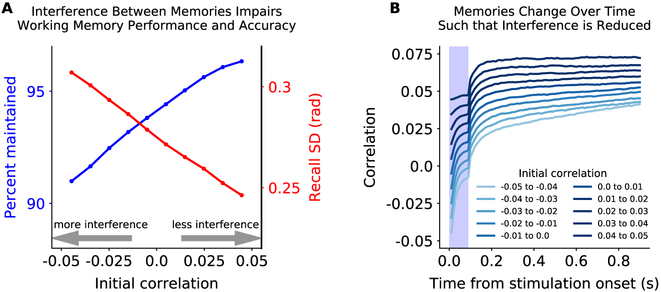Figure 5: Interference between inputs reduces performance and accuracy.
(A) Percent of memories maintained (blue, as in Fig. 3A) and memory accuracy (red, as in Fig. 3E) increased when two inputs into two sensory sub-networks are more correlated in the random network. Correlation was measured as the dot product of the vector of random network responses to each input (see Methods for details). So, an increase in correlation reflects increasing overlap of each memory’s excitatory/inhibitory projections into the random network, reducing interference. (B) Memory representations change over time in a way that increases correlation and, thus, reduces interference.

